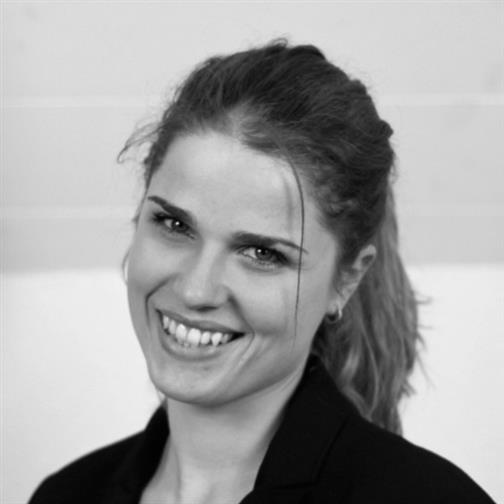The Crystal agile framework is built on the belief that teams can find ways on their own to improve their workflows and that every project is unique and always changing, which is why project teams know best how to tackle the work. This framework focuses on individuals and their interactions, instead of processes and tools. It is a direct outgrowth of one of the core values articulated in the Agile Manifesto. These four core values are “Individuals and Interactions over work processes and tools”, “Working software over comprehensive documentation”, “customer collaboration over contract negotiation”, and “Responding to change over following a plan”. The Agile Manifesto suggests the following in order to fulfill this first core value: It is shown by servant leadership in order to empower the team. Leaders should build communication and coordination within the team, remove organizational impediments, pave the way for others’ contribution, and educate stakeholders around why and how to be agile. The team should be composed from dedicated and cross-functional team members. If possible, they should all be in one location and the team should be mixed with generalists and specialists. The work environment should be as stable as possible to fulfill this core value.
The Crystal method was developed in 1991 for IBM by Alistair Cockburn. He decided to develop guidelines for team collaboration and communication. Therefore, all the traits of Cockburn’s method were focused on the team itself. These are: The project should be flexible and tailored to the needs and preferred work modalities of the people involved (human-powered). The approach uses no fixed tools but can be altered to meet the team’s specific needs (adaptive). This methodology does not require much documentation or reporting (ultra-light).
This framework allows teams to work the way it is the most effective for them. It facilitates direct team communication, transparency, and accountability. The approach lets teams respond well to changing requirements, which is the key criteria for agile project management. However, the approach shows a lack of pre-defined plans, which can lead to scope creep. Also, there is very little documentation, which can lead to confusion. Still, the Crystal method is among the most flexible agile frameworks, because it is designed around the people involved in the project and it is not dependent on any single set of processes or tools. Therefore, it allows companies to empower the people and let them work the way that seems most effective for them. However, since the Crystal method emphasizes direct team collaboration and deemphasizes the importance of documentation and reporting, other teams around the organization will have less visibility into the team’s progress.

